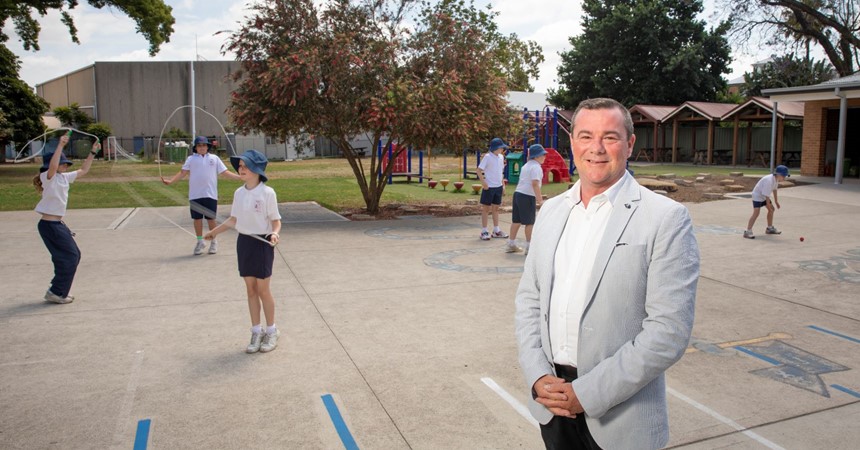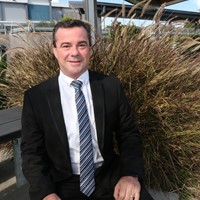At that time, I was a 23-year-old youth worker at a Newcastle-based not-for-profit service that provided accommodation to “at risk” young people. I responded to the advert with great enthusiasm and I was filled with excitement when, following my job interview, I was told I was the successful applicant.
In my mind, this was my time to step up and make a difference in the lives of young people who for whatever reason were “off track” and just needed some support and role-modelling to help them redirect their lives. To say I was underprepared and completely naive to the reality of the range of offences for which young people were incarcerated would be an understatement.
Induction training included my first visit to a prison environment. What I saw and experienced shocked me. As I sat through my induction, I was informed I would be working on a team supervising youth detainees who had been charged with a range of offences from minor to extremely serious. At that time, the young people in detention were there for high-level offences including murder, sex offending, armed robbery, car theft and break and enter, and they were mixed with children who were there for low-level offences such as property damage or shoplifting.
More alarming to me was seeing children as young as 10 locked up with strong, street-smart, hardened 18-year-old youths. I was only five years older, far from street smart, and I felt intimidated and fearful. I can only imagine how scared the 10-year-old children must have felt as they were processed, strip-searched, and placed in a locked cell with young men who to them must have looked like Goliath.
Fast forward 24 years and sadly not much has changed. Last year across Australia, there were more than 600 children aged 10-13 years locked up in youth detention centres. While it is true these young people committed an offence and were processed through the appropriate court system, consideration needs to be given to whether locking children up is the best solution for them now and into their future. This is particularly so if we consider the intersection of social disadvantage and trauma.
In its submission to the Royal Commission into the Protection and Detention of Children in the Northern Territory, the Royal Australasian College of Physicians asked the commission to “consider the long-term and broad implications of trauma or abuse on the physical and mental health of adolescents”. Its submission highlighted the fact that “adolescence is a critical time for a person’s physical, neurological and psychosocial development, and experiences during this time will profoundly influence the rest of a person’s life”.
Locking up an already trauma-affected child in a youth detention centre can exacerbate their trauma, leading to long-term effects including high levels of recidivism.
The issue of trauma on the developing brain is of even more concern for children who have had the dual experience of being part of both the child protection and juvenile justice systems. An Australian government Institute of Family Studies report shows young people involved in the child protection system are 12 times more likely to also be under youth justice supervision than the general population, with Aboriginal and Torres Strait Island young people 16 times more likely to be involved with both systems than non-Indigenous children. This is cause for concern and indicates that governments across Australia should strongly consider adopting an early intervention approach to supporting children aged 10-13 who come to the attention of the criminal justice systems.
The #raisetheage campaign is promoting an early intervention approach. Developed by a coalition of legal, medical, and social justice agencies, the campaign is petitioning governments across the country to raise the age at which children can be arrested or locked up from 10 to 14 years.
The raise in age needs to be coupled with well-planned early intervention strategies that integrate statutory child protection agencies, the youth justice system and the non-government sector. It would ensure children have access to high-quality supports that address connection to culture and community, childhood trauma, social disadvantage and child protection concerns. It would also allow children living in our local communities to have the best chance to grow into healthy, happy teenagers and adults. Children do best when they are supported, nurtured and loved.
For more information about #raisetheage go to https://www.raisetheage.org.au/
Gary Christensen is the Director of CatholicCare Social Services Hunter-Manning























































































